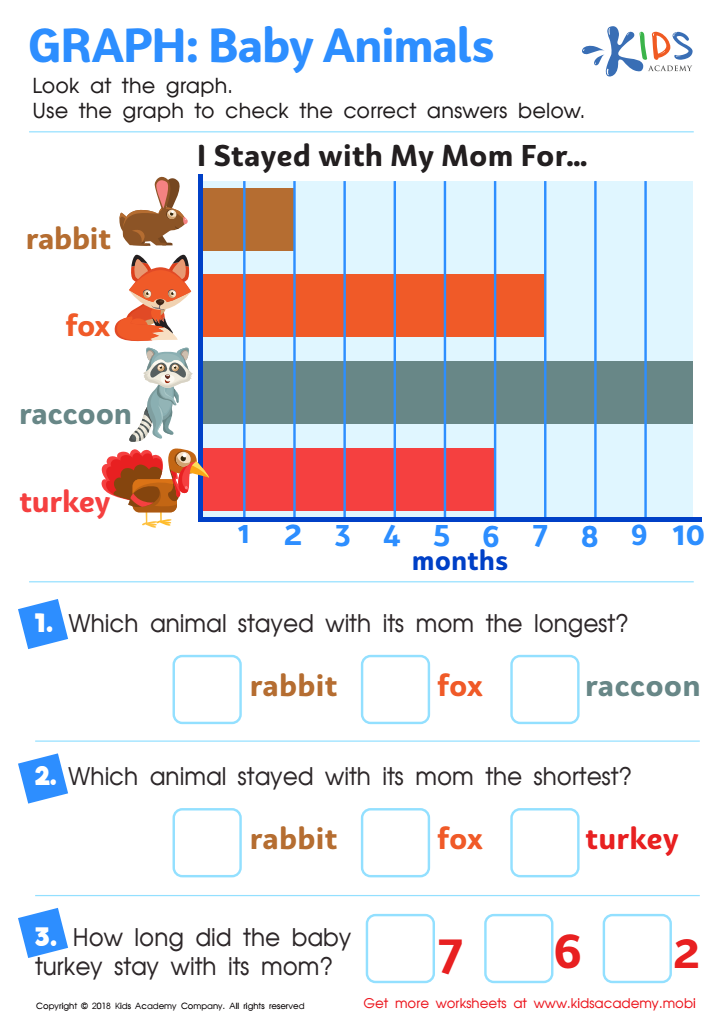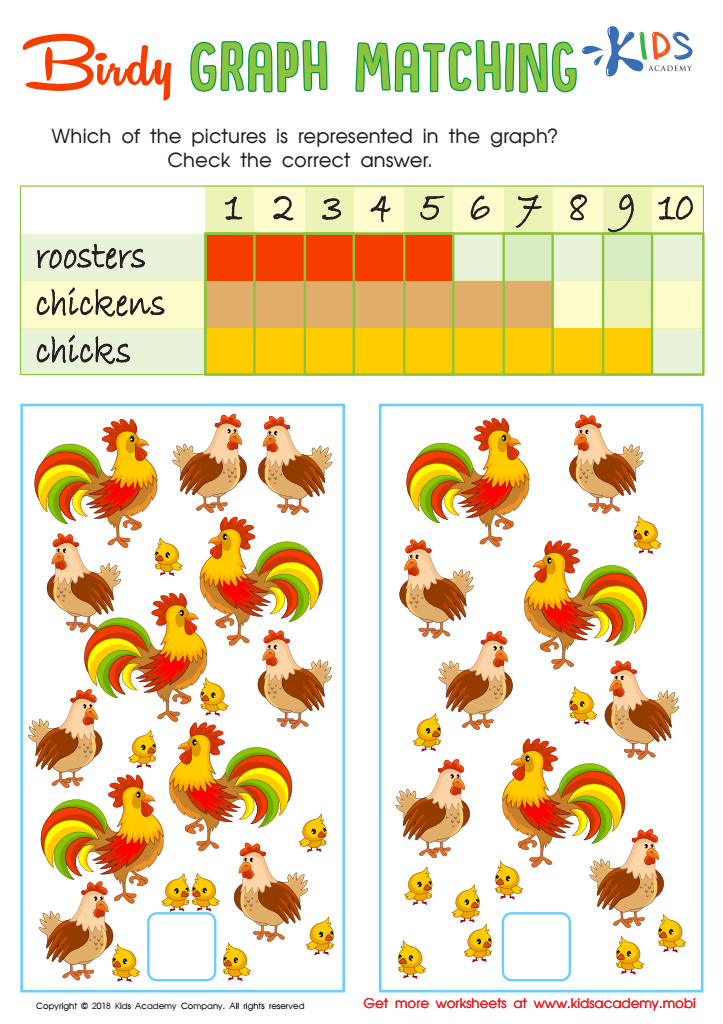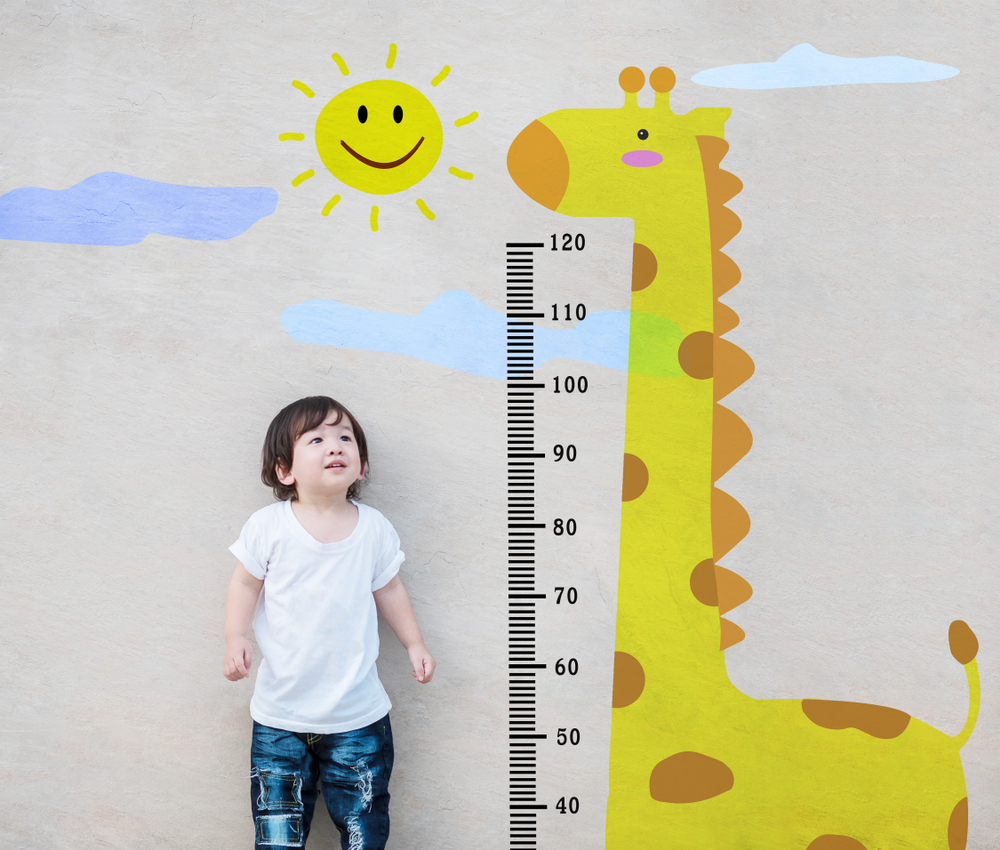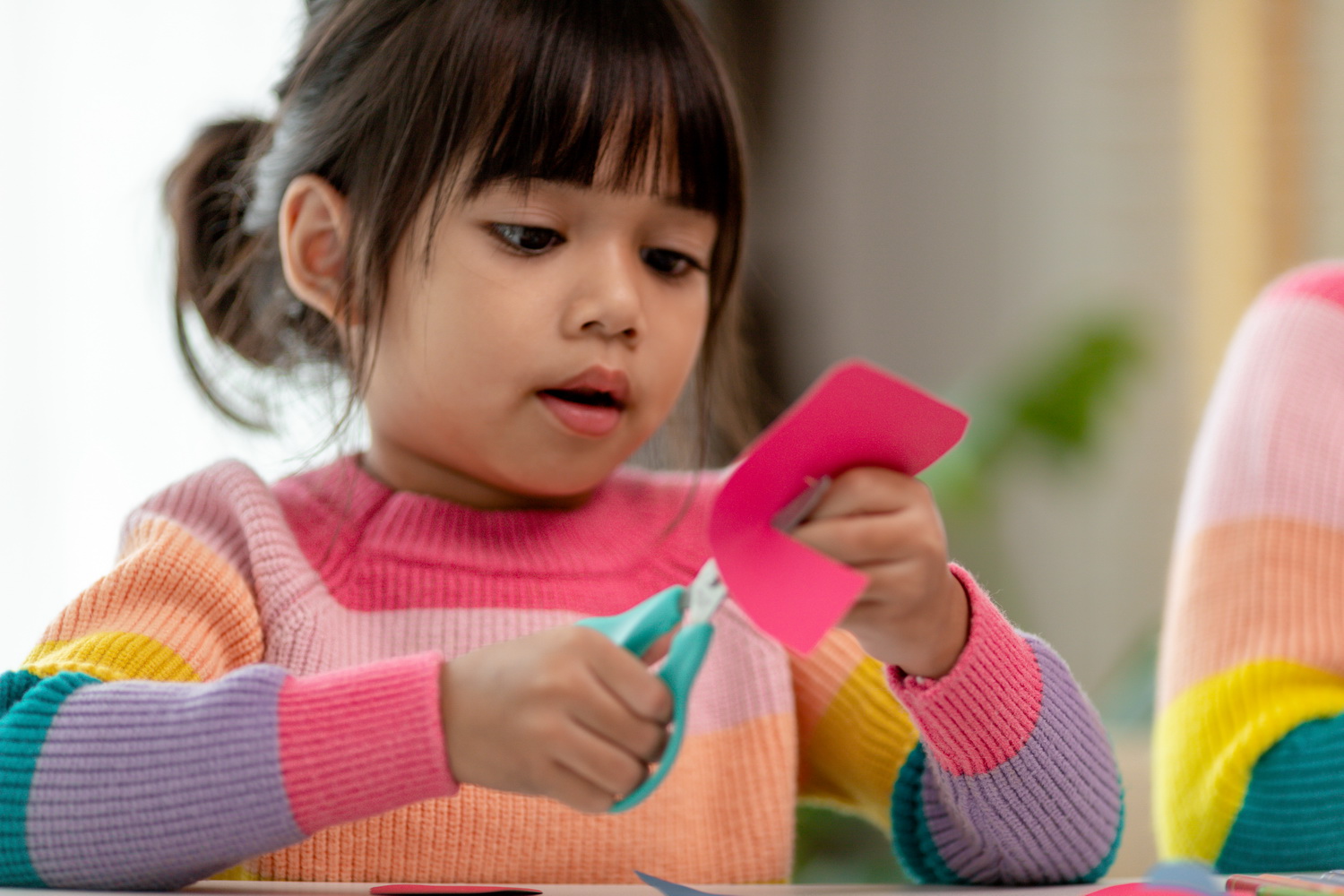Graph interpretation Math Worksheets for Ages 3-6
3 filtered results
-
From - To
Unlock the world of math for your little learners with our engaging Graph Interpretation Math Worksheets designed specifically for ages 3-6. These interactive resources help young students develop essential skills in recognizing patterns, comparing quantities, and analyzing data through colorful and fun graphs. Each worksheet stimulates critical thinking, making math enjoyable and accessible. With a variety of guided activities, children will learn to interpret graphs, enhancing their cognitive abilities and laying a strong foundation for future math success. Explore our collection today and empower your child’s mathematical journey with creative and educational fun! Perfect for teachers and parents alike!


Making a Graph: Flowers Worksheet


Graph: Baby Animals Worksheet


Birdy Graph Matching Worksheet
Graph interpretation is an essential skill for children aged 3-6, as it lays the groundwork for critical thinking and data analysis later in life. At this tender age, children start to recognize patterns, relationships, and the importance of visuals in understanding information. Graphs serve as a fun and engaging way to introduce young learners to mathematical concepts such as comparison, sorting, and basic operations.
By teaching kids to interpret simple graphs, such as pictographs or bar graphs, parents and teachers can help them develop skills such as logical reasoning and the ability to draw conclusions based on evidence. Engaging with graphs also enhances children’s communication abilities, allowing them to express their thoughts and ideas clearly, as they describe what they see.
Furthermore, graph interpretation provides context for real-life scenarios, helping children to understand data in a way that is relatable and meaningful. For instance, they can represent their favorite fruits or weather patterns, making math enjoyable and relevant. Prioritizing this skill at an early age fosters curiosity and a love for learning, setting a strong foundation for future interdisciplinary studies in science, social studies, and beyond. Overall, nurturing early graph interpretation skills prepares children for a more analytical approach to the world around them.
 Assign to My Students
Assign to My Students



















